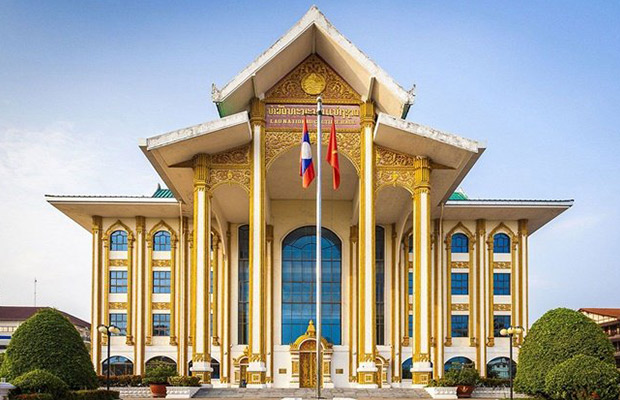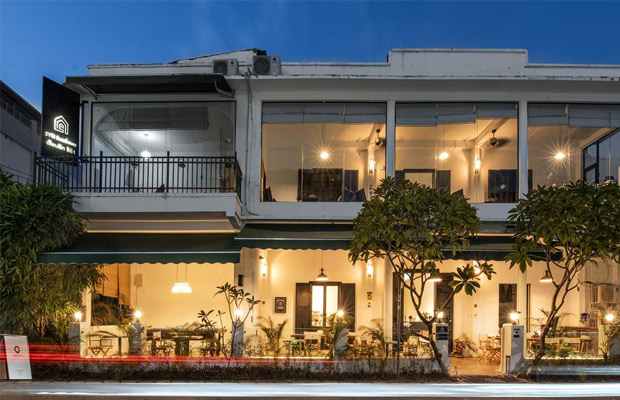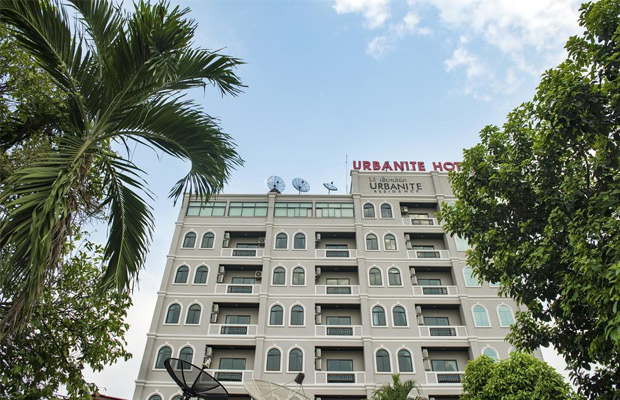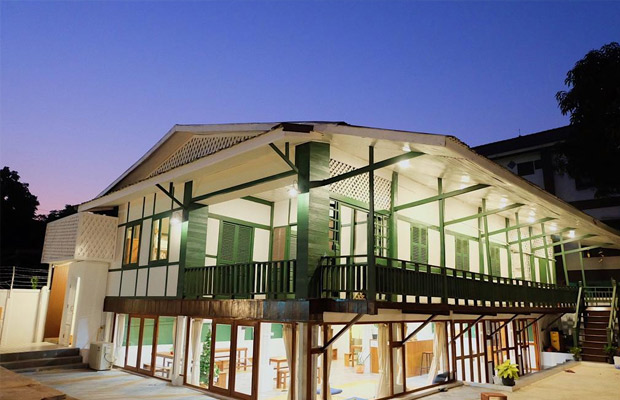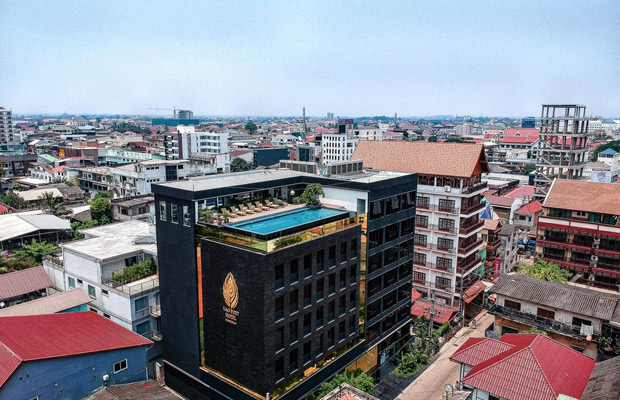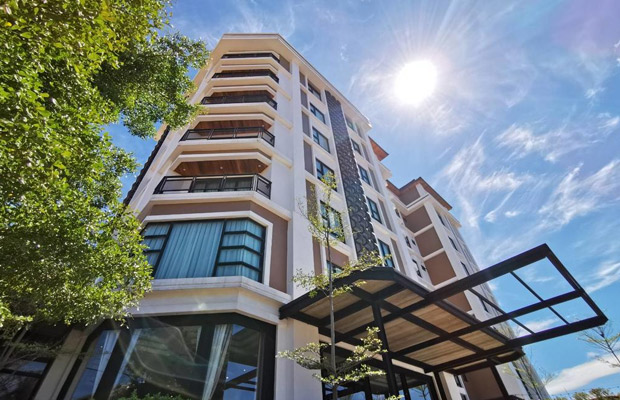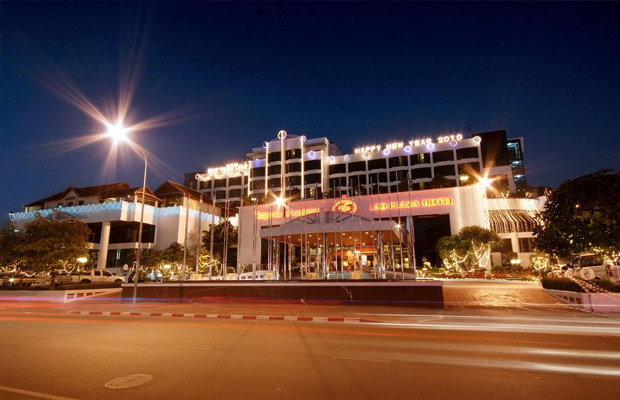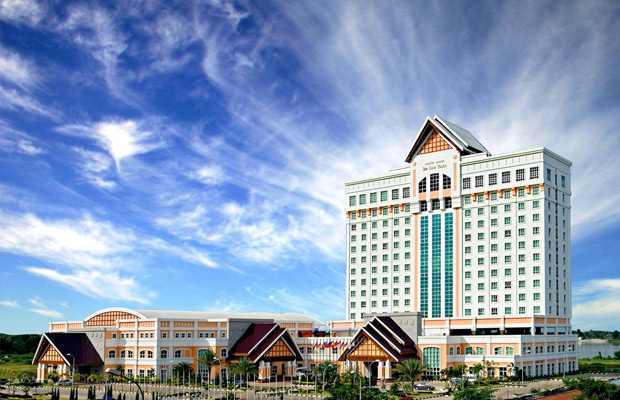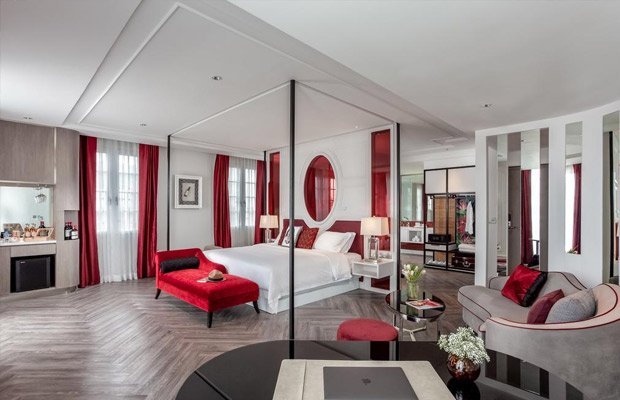Pha That Luang
Pha That Luang
Laos
Vientiane
Vientiane Travel Guide
Book Tour & Activities
Your tour in Vientiane.
Book your stay
Your hotel in Vientiane.
Overview
Svelte and golden Pha That Luang, located about 4km northeast of the city centre, is the most important national monument in Laos; a symbol of Buddhist religion and Lao sovereignty. Legend has it that Ashokan missionaries from India erected a tâht (stupa) here to enclose a piece of Buddha's breastbone as early as the 3rd century BC.
A high-walled cloister with tiny windows surrounds the 45m-high stupa. The cloister measures 85m on each side and contains various Buddha images, including a serene statue of Jayavarman VII, the great Angkor-era king who converted the state religion of the Khmer empire to Buddhism.
Pha That Luang is a gold-covered large Buddhist stupa in the centre of the city of Vientiane, Laos. Since its initial establishment, suggested to be in the 3rd century, the stupa has undergone several reconstructions as recently as the 1930s due to foreign invasions of the area. It is generally regarded as the most important national monument in Laos and a national symbol.
The Pha That Luang or “Great Stupa” is the most important Buddhist monument in Laos. The large golden stupa in Vientiane is believed to enshrine a breast bone of the Buddha. The pagoda also known as That Luang is officially named Pha Chedi Lokajulamani, which translates to “World Precious Sacred Stupa”.
History
Pha That Luang according to the Lao people was originally built as a Hindu temple in the 1st century. Buddhist missionaries from the Mauryan Empire are believed to have been sent by the Emperor Ashoka, including Bury Chan or Praya Chanthabury Pasithisak and five Arahata monks who brought a holy relic (believed to be the breastbone) of Lord Buddha to the stupa. It was rebuilt in the 13th century as a Khmer temple which fell into ruin.
In the mid-16th century, King Setthathirat relocated his capital from Luang Prabang to Vientiane and ordered the construction of Pha That Luang in 1566. It was rebuilt about 4 km from the centre of Vientiane at the end of Pha That Luang Road and named Pha That Luang. The bases had a length of 69 metres each and was 45 metres high, and was surrounded by 30 small Stupas.
In 1641, a Dutch envoy of the Dutch East India Company, Gerrit van Wuysthoff, visited Vientiane and was received by King Sourigna Vongsa at the temple, where he was, reportedly, received in a magnificent ceremony. He wrote that he was particularly impressed by the "enormous pyramid and the top was covered with gold leaf weighing about a thousand pounds". However, the stupa was repeatedly plundered by the Burmese, Siamese and Chinese.
Pha That Luang was destroyed by the Thai invasion in 1828, which left it heavily damaged and abandoned. It was not until 1900 that the French restored to its original design based on the detailed drawings from 1867 by the French architect and explorer Louis Delaporte. However the first attempt to restore it was unsuccessful and it had to be redesigned and then reconstructed in the 1930s. During the Franco-Thai War, Pha That Luang was heavily damaged during a Thai air raid. After the end of World War II, the Pha That Luang was reconstructed.
Architecture
The architecture of the building includes many references to Lao culture and identity, and so has become a symbol of Lao nationalism.
The stupa today consists of three levels, each conveying a reflection of part of the Buddhist doctrine. The first level is 223 feet (67 metres) by 226 feet (68 metres); the second is 157 feet (47 metres) along each side; and the third level is 98 feet (29 metres) along each side. From ground to pinnacle, the Pha That Luang is 147.6 feet (44 metres) high.
Only the pinnacle is covered in real gold, the remainder of the stupa is painted a gold color.
The area around Pha That Luang is now gated, to keep traffic out. Previously visitors could drive around the whole complex. The encircling walls are roughly 279 feet (85 metres) long on each side and contain a large number of Lao and Khmer sculptures including one of Jayavarman VII.
Pha That Luang festival
The Pha That Luang is the scene of the country’s most important Buddhist festival, the Boun That Luang, held during the full moon of the 12th lunar month. Thousands of people flock to the grounds for three days of Buddhist ceremonies and celebrations to pay respect to the golden stupa and to give alms to hundreds of monks. Buddhist devotees walk around the That Luang three times holding incense sticks to pay their respect.
Days of festivities precede the Boun That festival when the grounds are filled with hundreds of stalls selling food, clothing and various crafts. Activities include carnival rides, games and rides for children, musical performances, parades of people wearing traditional costumes playing traditional music, candlelight procession and fireworks.
How to get to Pha That Luang
The golden stupa is located on Thanon That Luang a few kilometers North East of the Vientiane city center. It is found about 500 meters East of Kaysone Phomvihane road (road 13) that runs North from Patuxai monument. The easiest way to get there from the center of town is by private tuk tuk which will cost around 60,000 Kip.
Opening hours
The That Luang opens daily from 8 am until noon and from 1 am until 4 pm (closed for lunch between noon and 1 pm).
Best visiting time is early morning, when few tourists are around.
Entrance fee
Admission to the golden stupa is 5,000 Kip per person.
Entrance to the surrounding buildings and temples is free.
Pha That Luang
- Address: Vientiane, Laos
- Height: 44 m
- Opened: 1566
- Architect: Louis Delaporte
Video Travel Inspiration
See Pha That Luang on Map
Most Popular Cities

Siem Reap
Cambodia
Ho Chi Minh City
Vietnam
Beijing
China
Paris
France
London
United Kingdom
New York
USA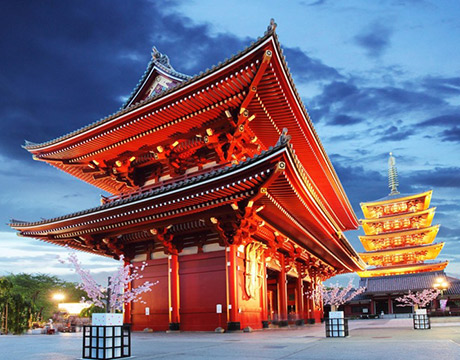
Tokyo
Japan
Bangkok
Thailand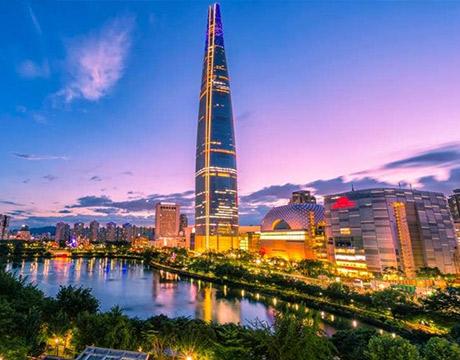
Seoul
South Korea
Vientiane
Laos
Yangon
Myanmar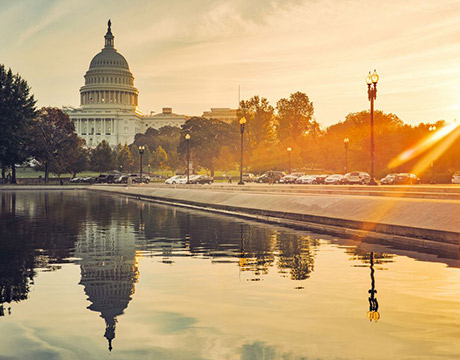
Washington DC
USA
Los Angeles
USA
Ottawa
Canada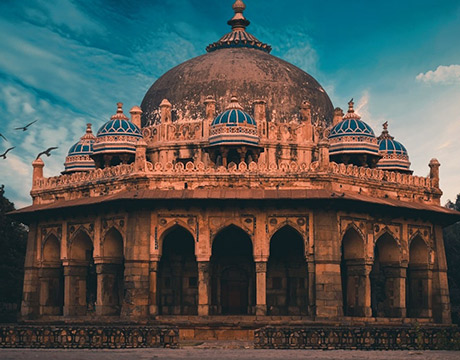
New Delhi
India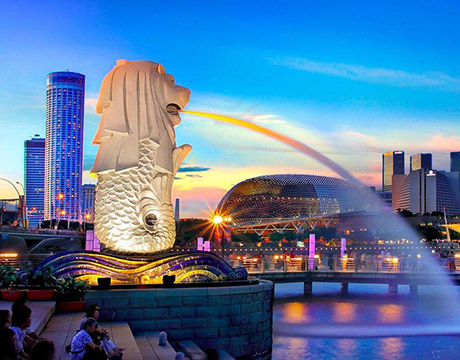
Singapore
Singapore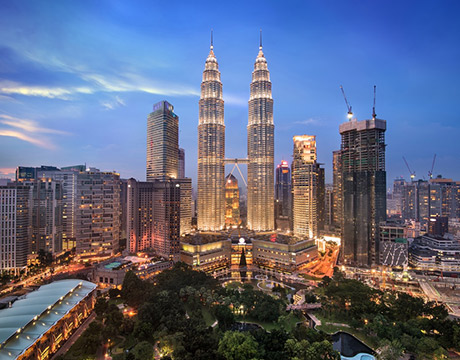
Kuala Lumpur
Malaysia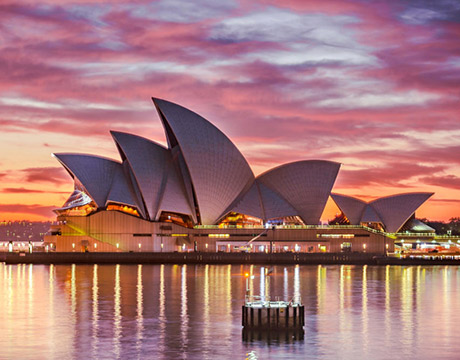
 English
English French
French Khmer
Khmer Thai
Thai Vietnamese
Vietnamese Chinese
Chinese Korean
Korean German
German Japanese
Japanese Italian
Italian Russian
Russian Spanish
Spanish Dutch
Dutch Indonesian
Indonesian Malay
Malay





